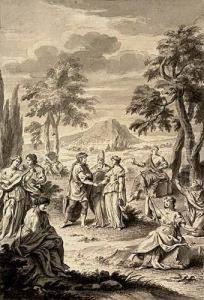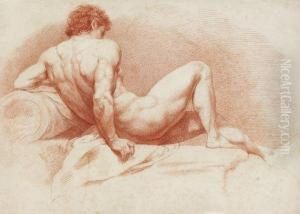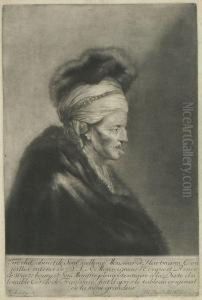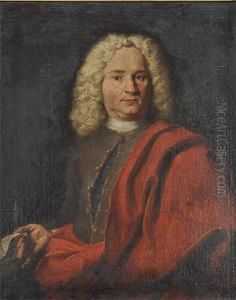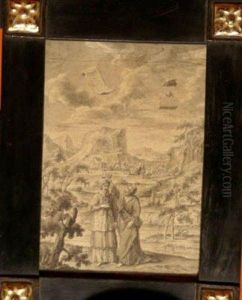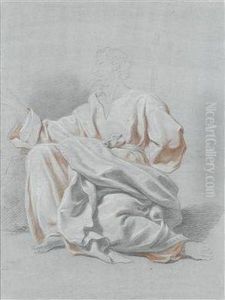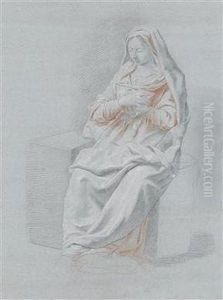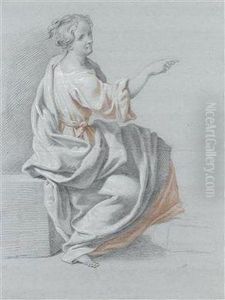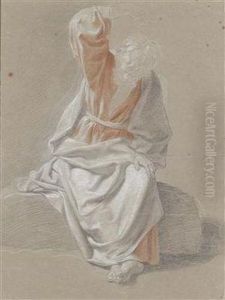Johann Daniel Preisler Paintings
Johann Daniel Preisler was a German artist and engraver born in 1666 in Nuremberg, a city that was then one of the cultural hubs of the Holy Roman Empire. He came from a family deeply involved in the arts; his father, Daniel Preisler, was also an artist. Johann Daniel developed his artistic skills in the environment of a city known for its artistic and intellectual vibrancy.
Johann Daniel Preisler's artistic journey began under the tutelage of his father and continued with his studies at the Academy of Fine Arts Nuremberg, which was one of the first art academies in the world. Preisler's work was characterized by his excellence in engraving and drawing. He specialized in producing masterful engravings, often based on his own designs or adapting the works of other artists. His engravings covered a range of subjects, including religious themes, portraits, and mythological scenes.
Preisler's influence extended beyond his own work; he became a significant figure in the Nuremberg art scene as an educator. In 1716, he became the director of the Academy of Fine Arts Nuremberg, where he taught numerous students and helped shape the next generation of artists. Through his teaching, he played a crucial role in sustaining the city's artistic legacy.
He married Maria Magdalena Löw, the daughter of a Nuremberg merchant, and they had several children, some of whom also became artists. His family thus continued the Preisler artistic legacy, significantly contributing to the arts in the region.
Johann Daniel Preisler's work was well respected in his time, and his engravings were sought after by collectors and art lovers. His style was typical of the Baroque period, with a dynamic and expressive approach to composition and detail. He passed away in 1737 in Nuremberg, leaving behind a body of work that would influence artists in Nuremberg and beyond. His legacy is also reflected in the works of his children, notably his son Georg Martin Preisler, who became a prominent engraver in his own right.
